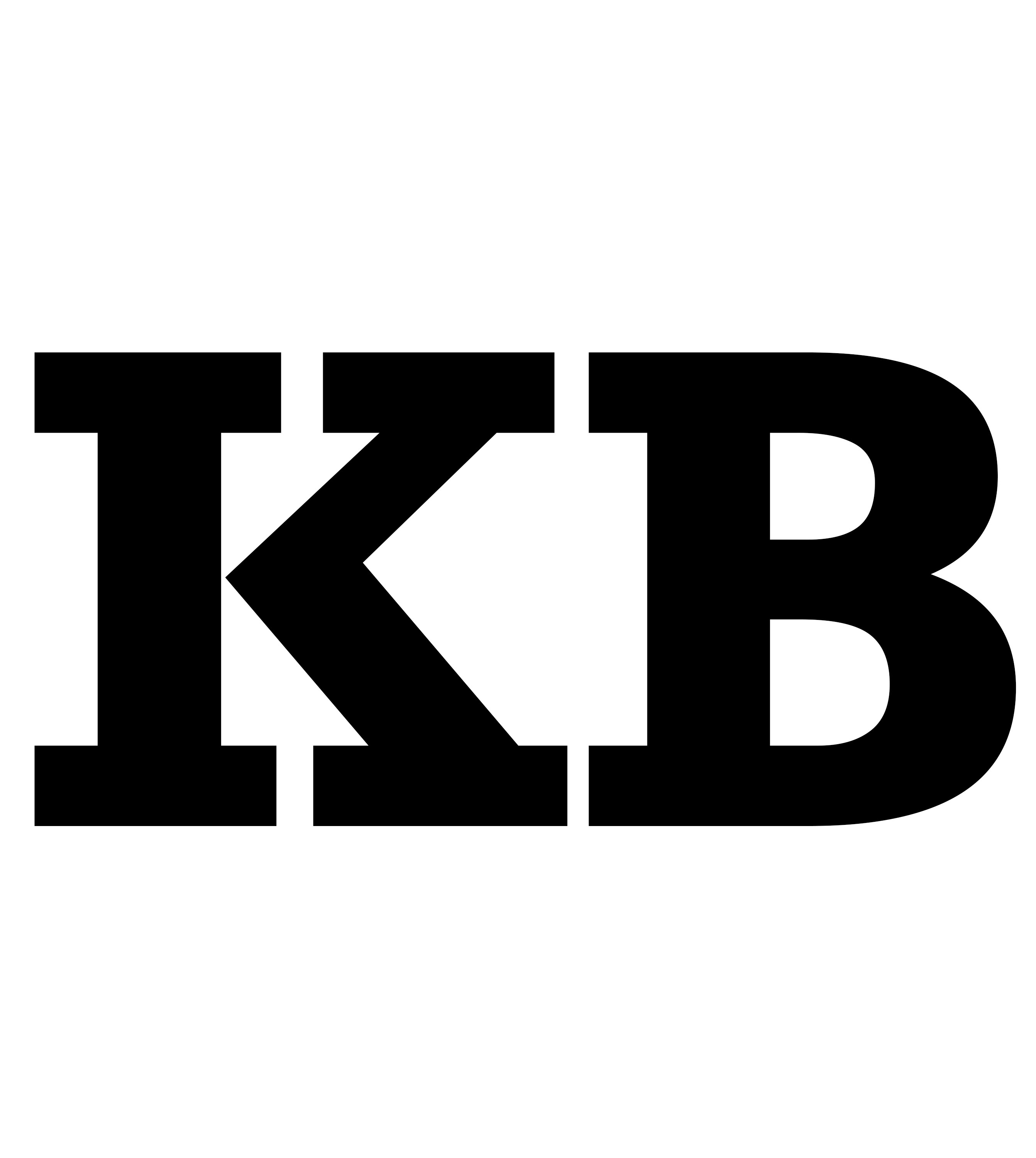Increasing sales on the Pinterest app
Summary
This redesign aims to increase the conversion rate by incentivizing users to buy items through the app instead of a separate platform.
I plan to achieve this by implementing new UI elements that are visually enticing and making the user journey towards purchase more streamlined.
About
Pinterest is a social media service that enables users to create and share digital pin boards. The Pinterest app launched in 2011 to massive success. The company later adopted e-commerce, allowing users to purchase items they find directly through the app.
Business Objective
Increase e-commerce sales made through the Pinterest app.
App Review
This is the current design for e-commerce through the Pinterest app. As you can see, the overall UI is pretty bland and not very visually appealing or motivating. Because of this, users aren’t as incentivized to make spontaneous purchases as they are on other platforms.
Hypothesis
Because of the lack of human feedback, it leaves users feeling less motivated to make a purchase - even if they like the pinned item. I believe that adding certain UI elements like recent views, add-to-carts, and purchases by other shoppers in a way that doesn’t feel obnoxious or intrusive will increase sales.
Qualitative Research and User Persona
I gathered user feedback by asking friends and family who have the Pinterest app about their experiences in 1:1 interviews. I then created a user persona based on that data.
User Persona: The Dedicated Loyalist
Identity: Woman in her late teens to late twenties who enjoys using Pinterest for inspiration.
Background: Has been an avid user of Pinterest for 5+ years. Has at least 5 boards that she updates frequently. Has disposable income to spend but a somewhat tight budget. Spends a lot of time on social media after school and work.
Behavior: Has made spontanteous purchases through the Tiktok Shop and Instagram but has never bought anything through the Pinterest app despite being an avid user.
Pain points:
- Doesn’t feel convinced enough to buy items from Pinterest.
- Wary of scammers and copycats.
- Wants to see more prevelant reviews.
- Frustrated with broken links or items no longer available for sale.
- Feels sad after saving a pin and seeing the price is really high (over $500).
Quotes
“Pinterest just doesn’t seem like an app I would actually buy anything from. ”
- Pinterest user (29), via interview
“For me, Pinterest is more of an aspirational place than something I would buy from now. I just don’t think of Pinterest when I think of buying things (online).”
- Pinterest user (24), via interview
“I use Pinterest everyday but I never thought about buying anything from it. I just use it as a vision board.”
- Pinterest user (19), via interview
Brainstorming and Ideation
Mid Fidelity Design
Here's what I changed and why:
- Put less buttons at the top and removed scrolling, preventing choice overload and streamlining the search refining process.
- Highlighted customer reviews by adding a 'Review' button with the number of reviews displayed.
- Emphasized sales by adding the percentage off.
- Added a 'Best Selling' button with a fire emoji to call more attention to best selling items and provide evidence of other shoppers, adding trust and reassurance.
- Added a 'Prices: Low to High' price button, which is simpler and take less time to use than the drop down menu.
- Added a 'Recently Added' button so users can avoid pins that are outdated and no longer for sale.
- Increased the size and visual space of the buttons and made them all directly selectable.
- Added a 'popular' tag next to the titles of best selling pins.
Here is a comparison between the original user flow and my redesign. The redesign takes away a step, which reduces the amount of time it takes to refine results. This makes it easier for users to make spontaneous purchases a lot easier.
So What's Next?
The next steps would be to test these new designs and improving upon them as needed.
This would involve prototype testing. This means conducting surveys and interviews as well as gathering measurable results to see if the new design improved or worsened the users' experiences.
Based on the results of the tests, my team and I will create more iterations of the design until we get the desired results.
Once the final design has been agreed on, it will be sent to engineers to implement into the app once and for all.
